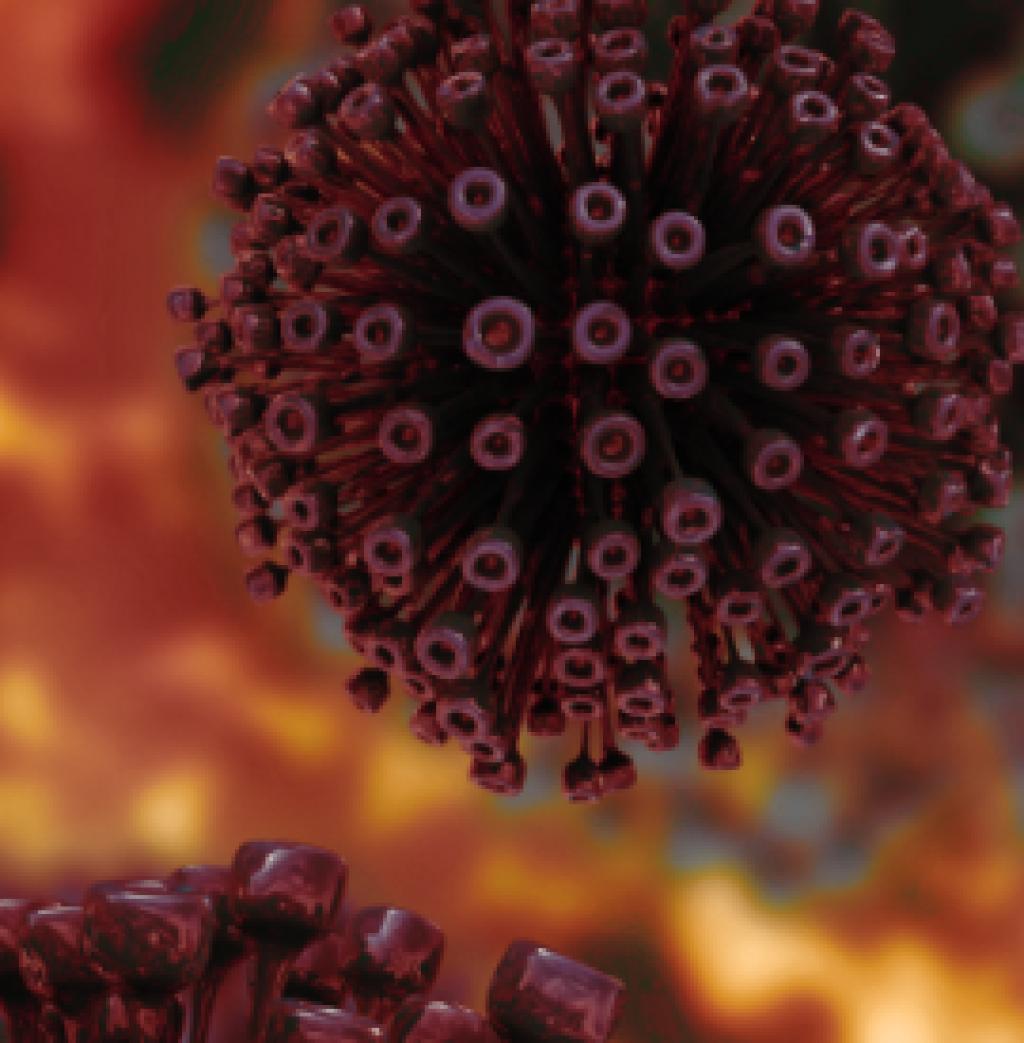Sexually Transmitted Infections (STI) Resources for Medical Providers
Find infection-specific resources
This webpage is for healthcare providers and public health professionals. Click on the links below to find resources to help diagnose, treat, report, and monitor cases of STIs in Imperial County.
STI Treatment Guidelines and Training Resources
Guidelines
STI Treatment (Tx) Guide Mobile App
The new app offers quick and easy access to streamlined STI prevention, diagnostic, and treatment recommendations. The user-friendly interface includes more clinical care guidance, sexual history resources, patient materials, and other features to assist with patient management. Download the free app for Apple and Android mobile devices.

STI Training for Providers
Gonorrhea

Gonorrhea is a common sexually transmitted infection (STI).
Caused by a bacterium called Neisseria gonorrhoeae. Infection can lead to serious reproductive health problems, such as pelvic inflammatory disease (PID) and infertility. Gonorrhea also can cause infections in newborn babies. Tests and effective treatments are available.
Disseminated Gonococcal Infection (DGI)

DGI is an uncommon, but severe, complication of untreated gonorrhea.
DGI occurs when the sexually transmitted pathogen Neisseria gonorrhoeae invades the bloodstream and spreads to distant sites in the body, leading to clinical manifestations such as septic arthritis, polyarthralgia, tenosynovitis, petechial/pustular skin lesions, bacteremia, or, on rare occasions, endocarditis or meningitis.
Syphilis

Syphilis is a sexually transmitted infection (STI).
Caused by the bacterium Treponema pallidum. Untreated infection can lead to long-term health problems, including brain disease. Syphilis increases both transmission and acquisition of HIV. Tests and treatment are available.
- *NEW* Syphilis Treatment Intervals in Non-Pregnant Patients: A Clinical Resource for Providers (PDF)
- Syphilis Treatment Guidelines, 2021 (CDC)
- Neurosyphilis Guide (PDF)
- Use of Treponemal Immunoassays for the Screening and Diagnosis of Syphilis: Guidance for Medical Providers and Laboratories in California (PDF)
- CA PTC Webinars on Syphilis
Congenital Syphilis (CS)

Congenital Syphilis is an infection transmitted from pregnant person to child during pregnancy and/or delivery caused by the bacterium Treponema pallidum. CS can cause severe illness in infants including premature birth, low birth weight, birth defects, blindness, and hearing loss. It can also lead to stillbirth and infant death. Tests and treatment for pregnant people are readily available.
Over the last several years, California has experienced a steep increase in syphilis among females and CS. From 2012 to 2019, female syphilis cases increased over 750% and CS cases increased over 1,200%, from 33 cases in 2012 to 446 cases in 2019. This is the highest number of reported CS cases since 1993. In 2019, most CS cases were reported from Central and Southern California; however an increasing number of counties throughout California are reporting CS cases. Most pregnant females who gave birth to infants with CS received prenatal care late in pregnancy or not at all.
Human Immunodeficiency Virus (HIV) - AIDS

Human Immunodeficiency Virus (HIV) crosses the boundaries of sexual orientation, gender, age, and ethnicity. More than 1 million people in the United States have HIV, and many are unaware of their status. About 40% of new HIV infections are transmitted by people who are unaware they have HIV according to the CDC. Diagnosing HIV quickly and linking people to treatment immediately are crucial steps to reducing new HIV infections.
Mpox

We know that both mpox clades and all subclades (Ia, Ib, IIa, IIb) can be spread, treated, and prevented the same way, but the risk factors and locations of sustained transmission can be very different. It is critical that clinicians take a detailed sexual history and travel history for any patient with suspected mpox.